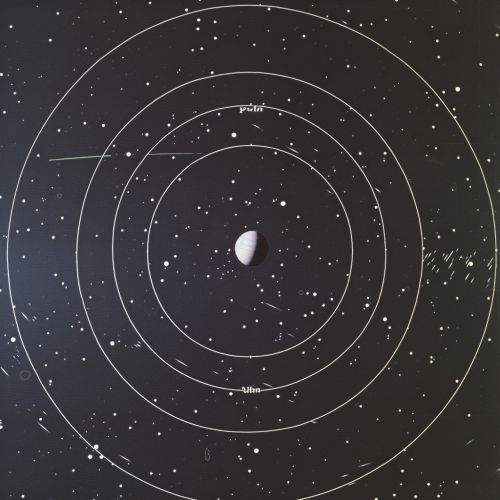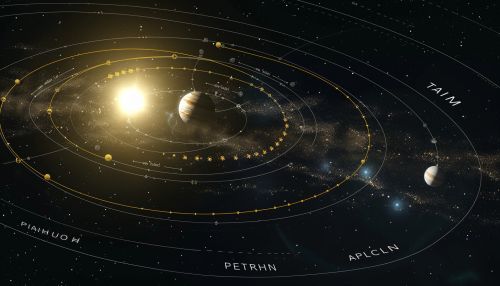Precession of the Perihelion
Introduction
The Precession of the Perihelion is a phenomenon in celestial mechanics where the position of the perihelion of a celestial body's orbit gradually shifts over time. This shift is primarily due to the gravitational perturbations of other celestial bodies and relativistic effects. The perihelion is the point in the orbit of a celestial body where it is nearest to its orbital focus, typically a star such as the Sun.


Celestial Mechanics and Perihelion Precession
The study of celestial mechanics involves the application of physical laws to the motion of celestial bodies such as stars, planets, and moons. One of the fundamental aspects of celestial mechanics is the understanding of orbits, specifically the elliptical orbits defined by Kepler's laws of planetary motion. The precession of the perihelion is a key concept in this field, as it describes a characteristic motion of these orbits.
Gravitational Perturbations
The primary cause of perihelion precession is the gravitational influence of other celestial bodies. This is a result of the n-body problem, a classic problem in celestial mechanics that describes the complex gravitational interactions between multiple bodies. These gravitational perturbations can cause the orbit of a celestial body to shift over time, leading to the precession of the perihelion.
Relativistic Effects
In addition to gravitational perturbations, relativistic effects also contribute to perihelion precession. According to Einstein's theory of general relativity, the presence of mass curves the fabric of spacetime, and this curvature affects the motion of celestial bodies. This effect is particularly noticeable in the orbits of planets close to the Sun, such as Mercury, where the precession of the perihelion has been observed and measured.
Measurement and Observation
The precession of the perihelion can be measured through careful observation and tracking of a celestial body's orbit over time. This requires precise measurements and advanced astronomical techniques. The precession of Mercury's perihelion, for example, was first observed in the 19th century and has since been accurately measured using modern techniques.
Implications and Applications
Understanding the precession of the perihelion has important implications in various fields of study. In astronomy and astrophysics, it provides insights into the dynamics of celestial bodies and their interactions. In the field of space exploration, understanding this phenomenon is crucial for the accurate navigation of spacecraft. Furthermore, the study of perihelion precession has also contributed to the development and confirmation of general relativity.
